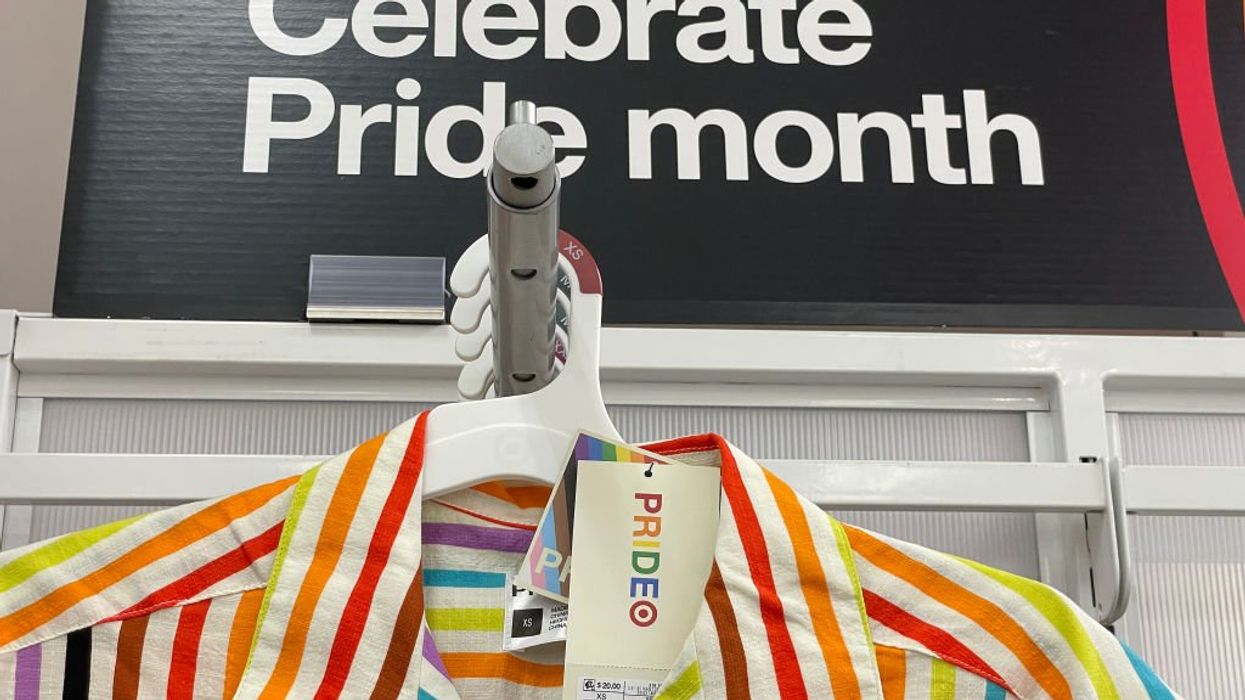
© 2025 Blaze Media LLC. All rights reserved.
Vocal Fry': Why Are Young Women in the U.S. Trying to Make Their Voices Lower & Creaky?
December 12, 2011
"a low, staccato vibration during speech..."
Britney Spears does it, Lady Gaga too, among many other vocal artists. But scientists are baffled as to why they found a significant amount of young women using the creaky low parts of their voice in everyday speech. Others are saying the "vocal fry," a low vibration during speech, has been around forever.
Researchers Long Island University (LIU) in Brookville, New York conducted a study of 34 New York state women and found that vocal fry -- which has been used by singers to reach lower notes -- is becoming increasingly prevalent in everyday speech.
Science Magazine describes a vocal fry as "a low, staccato vibration during speech, produced by a slow fluttering of the vocal cords (listen here)" that includes the "lowest of the three vocal registers, which also include falsetto and modal — the usual speaking register."
According to Science, the researchers had the test subjects read aloud while speech pathologists listened and evaluated. Although the study has yet to be published in a peer-reviewed journal -- the researchers plan to report it in the Journal of Voice -- they state now that two-thirds of the women used vocal fry in speech, most frequently at the end of sentences:
The study is the first to quantify the prevalence of vocal fry in normal speech, although other researchers have noted the pattern. The group is also the first to verify that American women are much more likely to exhibit the behavior than men, as its yet-unpublished data show that male college-age students don't use the creaky voice. The team's next steps will attempt to find out when this habit started—and if it is indeed a budding trend.The researchers also plan to test students in high schools and middle schools to learn why young women creak when they speak. "Young students tend to use it when they get together," [co-author and speech scientist Nassima] Abdelli-Beruh said. "Maybe this is a social link between members of a group."
Abdelli-Beruh also wants to compare the prevalence of vocal fry on radio stations. For example, she says that the popular-music station on her teenage son's dial features creaky announcers, but she does not hear vocal fry on National Public Radio, which targets an older audience.
Science goes on to report Linguist Patricia Keating of the University of California, Los Angeles, as saying that the limited sample size and geographic location of the study make the findings very specific, but states that it's common for sentences to end in a vocal fry, if the pitch falls.
While the authors of this study call out the increased prevalence of vocal fries as a trend, The Atlantic reports today that it really isn't a growing trend but has been around "forever" -- in both men and women:
But, as Language Log's Mark Liberman, who is a professor of linguistics at The University of Pennsylvania, points out this isn't a new anything. "These 'low creaky vibrations' have been common since forever," he writes. "And moderate use, especially at the ends of phrases, has never been considered a speech disorder."[...]
In fact, everyone creeks, continues Liberman. "I'd be very surprised to learn that there are any speech communities where vocal fry is not sometimes found in normal, non-pathological speech patterns." So when the Science article mentions that it does not hear creak on NPR, that's probably not true.
On the University of Pennsylvania Language Log, Liberman provides a bit of evidence that he believes confirms Keating's statement that the vocal fry at the end of sentences has "long been a common feature of sentence-final low pitches in American English, and that it's commoner among female speakers than among male speakers." The Atlantic reports Liberman as noting that the "trend" might be a change in status for the vocal fry, which has been used by gang members.
Here's more about the purpose of a vocal fry and how it's use in singing:
You may recall Britney Spears' 2000 hit "Oops! ... I Did It Again", which has a slew of vocal fries if you wish to hear another example.
[H/T Gawker]
Want to leave a tip?
We answer to you. Help keep our content free of advertisers and big tech censorship by leaving a tip today.
Want to join the conversation?
Already a subscriber?
more stories
Sign up for the Blaze newsletter
By signing up, you agree to our Privacy Policy and Terms of Use, and agree to receive content that may sometimes include advertisements. You may opt out at any time.
Related Content
© 2025 Blaze Media LLC. All rights reserved.
Get the stories that matter most delivered directly to your inbox.
By signing up, you agree to our Privacy Policy and Terms of Use, and agree to receive content that may sometimes include advertisements. You may opt out at any time.





